При обработке материалов с высокой добавленной стоимостью, таких как тонкие пленки, фольга, нетканые материалы и электроды для литиевых аккумуляторов, машины продольной резки являются основным оборудованием последующего процесса. Их надежность напрямую связана с непрерывностью производственной линии и качеством конечного продукта. Традиционный цикл «ремонт-поломка» больше не отвечает требованиям «нулевого простоя» в современной промышленности. Поэтому при проектировании высоконадежных машин продольной резки необходимо перейти от «пассивного реагирования на неисправности» к «активному предотвращению, отказоустойчивости и быстрому восстановлению».
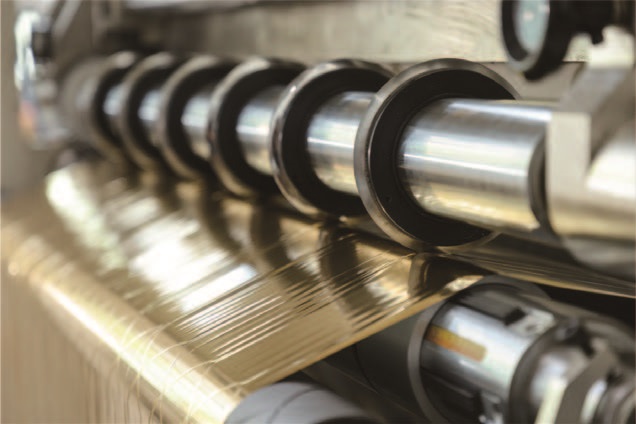
Первая, основная концепция дизайна: преодоление отказа в самом начале
1. Надежность — прежде всего:
◦ Принцип упрощения: Механическая конструкция должна быть максимально простой, исходя из цели выполнения функции. С уменьшением количества деталей уменьшается число потенциальных точек отказа. Например, использование цельных стеновых панелей, уменьшение количества муфт в трансмиссии и т. д.
◦ Резервирование: для ключевых систем (таких как двигатели главных приводов, ПЛК системы управления) используется резервирование по схеме «N+1». В случае отказа основного блока резервный блок автоматически берёт на себя его функции, обеспечивая «защиту от сбоев».
◦ Конструкция со снижением номинальных характеристик: основные компоненты (такие как подшипники, серводвигатели, электрические компоненты) работают при нагрузке, составляющей 50–70 % от их номинальной, что значительно продлевает их усталостный ресурс и повышает запас прочности.
2. Проектирование проактивного обслуживания:
◦ Модульная архитектура: машина продольной резки разделена на независимые функциональные модули, такие как размотка, тяга, резка и намотка. Любой неисправный модуль можно быстро заменить, что сокращает время простоя с нескольких часов до нескольких минут.
◦ Конструкция с возможностью доступа: все компоненты, требующие ежедневного осмотра, замены и смазки (например, держатели инструментов, корпуса, пневматические соединения), должны быть легкодоступны без необходимости снятия других крупных компонентов.
◦ Интерфейсы мониторинга состояния: зарезервируйте стандартные интерфейсы датчиков (например, вибрации, температуры) и порты передачи данных, чтобы проложить путь для прогностического обслуживания.
3. Прочная конструкция:
◦ Система устойчива к внешним помехам (например, колебаниям напряжения, изменению температуры окружающей среды) и изменениям внутренних параметров (например, старению компонентов). Например, система полного замкнутого контура управления натяжением может поддерживать стабильное натяжение при внешних воздействиях.
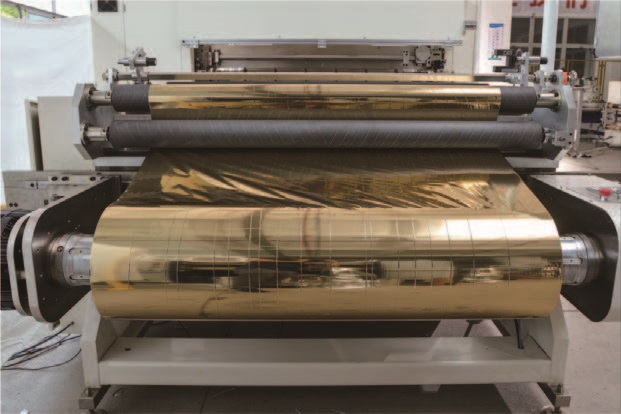
Во-вторых, ключевая техническая практика: создание надежного каркаса системы
1. Высокая надежность механических систем
◦ Жесткость конструкции: для оптимизации конструкции рамы используется анализ конечных элементов, чтобы гарантировать, что деформация будет крайне мала в условиях высокой скорости и высокого натяжения, что является основой обеспечения точности и стабильности резки.
◦ Выбор основных компонентов:
▪ Шпиндель и подшипник: используются высокоточные, предварительно смазанные подшипники повышенной прочности с превосходной структурой уплотнения, предотвращающей проникновение пыли.
▪ Держатель инструмента для продольной резки: оснащен держателем инструмента с высокой жесткостью и точностью регулировки на микронном уровне, что позволяет избежать вибрации и смещения во время продольной резки.
▪ Динамическая балансировка: Все вращающиеся детали, такие как ролики, калибруются для высокоточной динамической балансировки, устраняя вибрацию в источнике.
2. Высокая надежность электрических и управляющих систем
◦ Резервирование системы управления: используется система горячего резервирования с двумя ПЛК: при выходе из строя основного ПЛК резервный ПЛК берет на себя управление в течение миллисекунд, и производство не прерывается.
◦ Резервирование сети: при кольцевой топологии Ethernet (например, PROFINET IRT) сбой в одной точке линии не влияет на общую связь.
◦ Привод и актуатор: выбирайте серводвигатели и приводы с высокой перегрузочной способностью и хорошим теплоотводом. Технология размотки и размотки использует технологию прямого привода, что исключает промежуточные звенья, такие как редукторы, и существенно снижает частоту механических отказов.
◦ Системы датчиков: Датчики критических параметров, таких как натяжение, скорость и положение, также должны быть резервными или иметь возможность перекрёстной проверки. Например, системы натяжения могут быть дополнены как датчиком натяжения плавающего ролика, так и тензиометром.
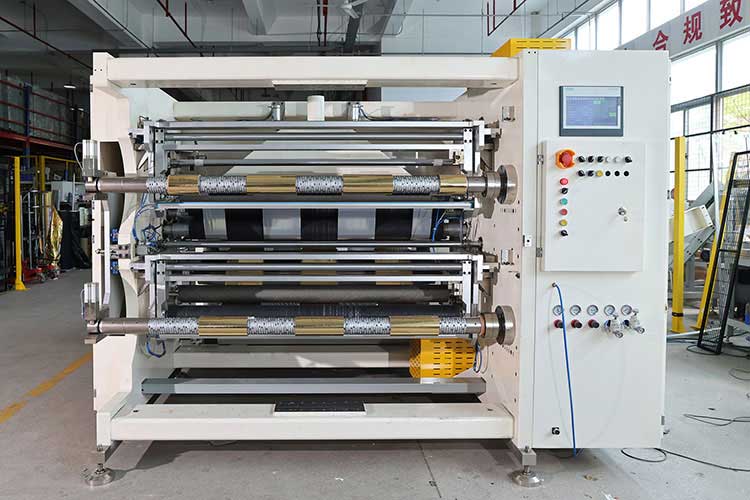
3. Высоконадежная практика программного обеспечения и интеллекта
◦ Прогнозирование неисправностей и управление работоспособностью:
▪ Датчики вибрации и температуры, установленные в ключевых узлах, непрерывно собирают данные о состоянии оборудования.
▪ С помощью больших данных и алгоритмов искусственного интеллекта создается модель состояния оборудования, которая позволяет заранее выявлять потенциальные неисправности, такие как износ подшипников и точечная коррозия редуктора, осуществлять прогностическое обслуживание и устранять неисправности на ранней стадии.
◦ Самодиагностика и самовосстановление:
▪ Система управления имеет встроенное дерево диагностики неисправностей. При возникновении тревоги она точно определяет уровень компонента и предлагает рекомендации по его устранению.
▪ В случае восстанавливаемых неисправностей (например, отклонения натяжения, вызванного дрожанием материала), система может попытаться выполнить предустановленную логику восстановления (такую как автоматическое замедление и тонкая настройка параметров ПИД) для достижения «самовосстановления».
◦ Цифровой двойник: создание виртуальной модели машины продольной резки для виртуального ввода в эксплуатацию новых параметров процесса, обучения операторов и анализа воспроизведения неисправностей, что снижает риск проб и ошибок на физическом оборудовании.
Третье, управление полным жизненным циклом: непрерывная практика обеспечения надежности
1. Ранний этап: наладить стратегическое сотрудничество с поставщиками для обеспечения надежных источников комплектующих, технической поддержки и своевременных поставок запасных частей.
2. Среднесрочная перспектива:
◦ Стандартизированные рабочие процедуры: предотвращение повреждения оборудования из-за человеческого фактора.
◦ График профилактического обслуживания: строго соблюдайте графики смазки, осмотра и замены с учетом времени и рабочих циклов.
◦ Управление запасными частями: стратегический учет критически важных запасных частей с длительным циклом замены для сокращения среднего времени ремонта.
3. Постпроизводство: создание полного файла эксплуатации оборудования, запись всех процессов технического обслуживания, устранения неисправностей и устранения неполадок, а также предоставление поддержки данных для оптимизации и модернизации оборудования и проектирования следующего поколения.
заключение
Разработка и производство высоконадежных продольно-резательных станков – это системный процесс, охватывающий весь процесс – от концепции, проектирования, производства до эксплуатации и технического обслуживания. Это уже не прорыв в какой-то одной технологии, а глубокая интеграция машиностроения, электроавтоматики, программного обеспечения и информационных технологий, а также современных методов управления.
Конечная цель — сделать оборудование «видимым» (мониторинг состояния), «предвидеть» будущее (прогностическое обслуживание), «управляемым» процессом (интеллектуальное управление) и «быстро устранять» неисправности (модульность и резервирование). Только так мы сможем по-настоящему совершить скачок от «терпимости к отказам» к «преодолению отказов» и обеспечить надежную гарантию непрерывного и интеллектуального современного производства.




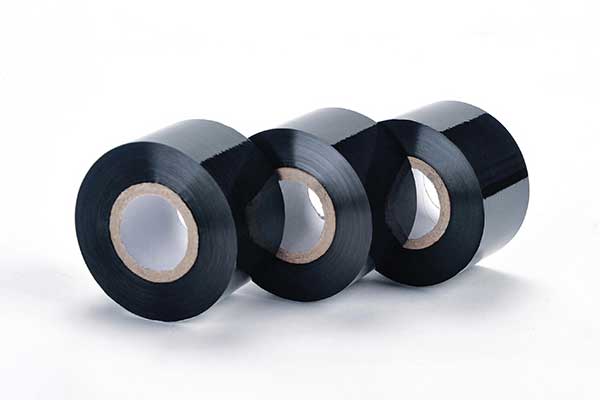
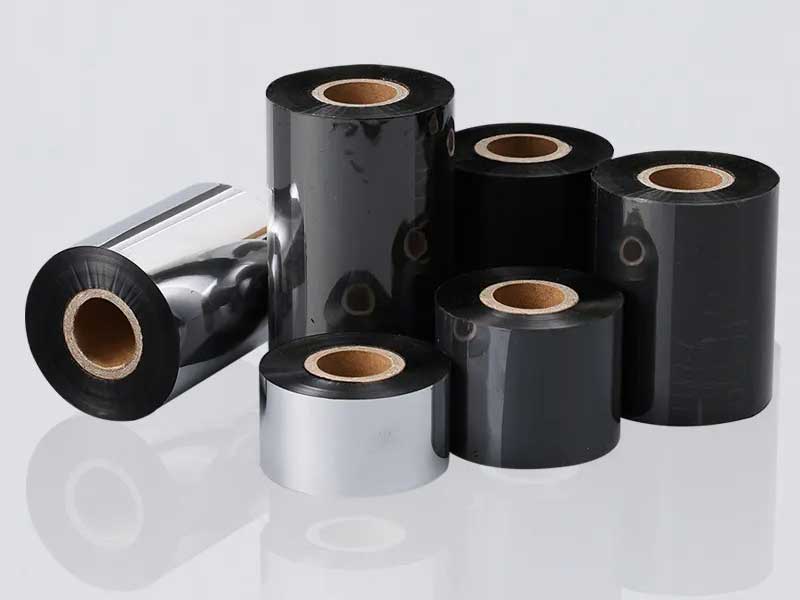
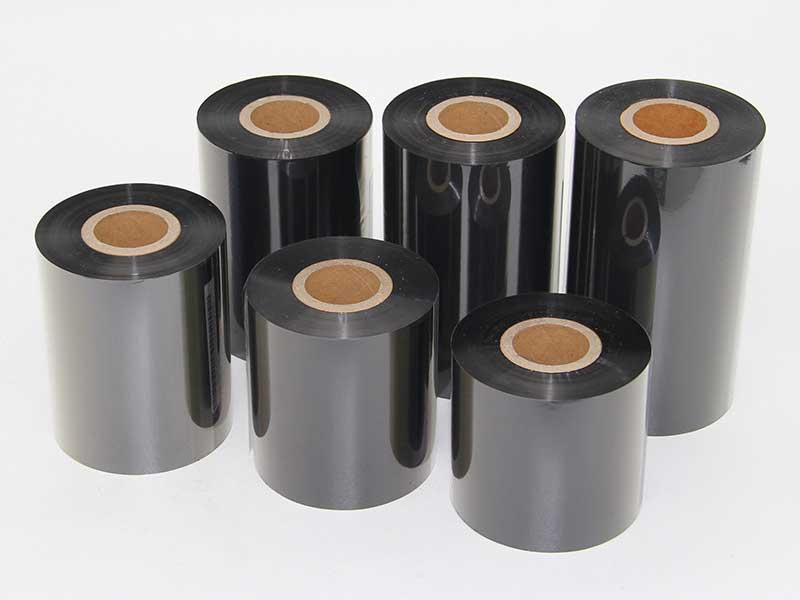
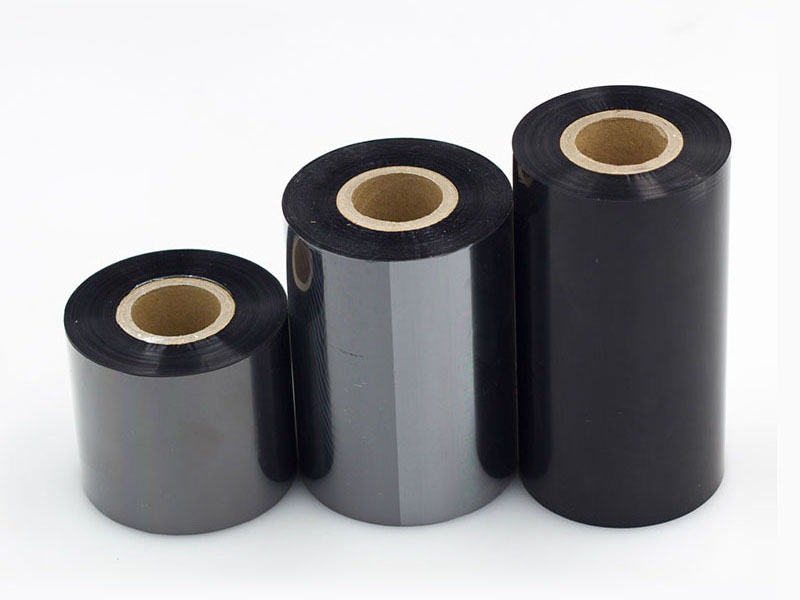
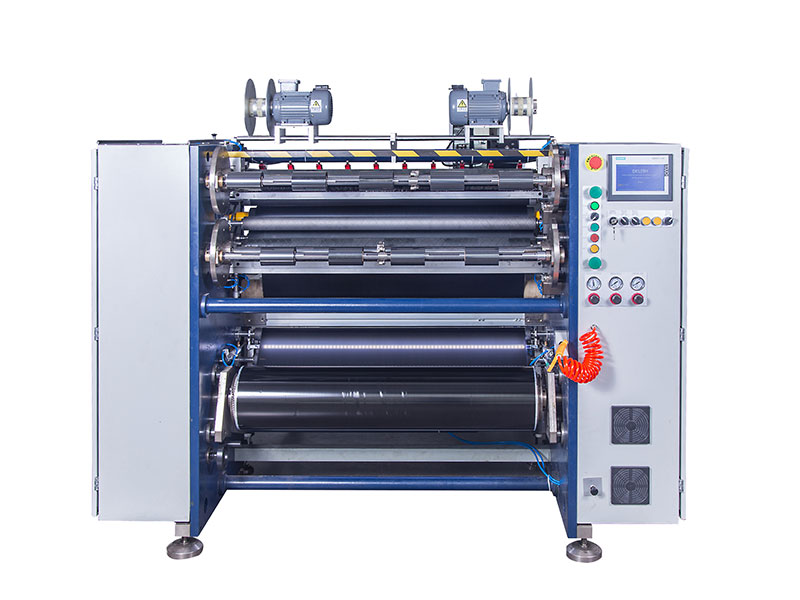 Машина для резки ленты
Машина для резки ленты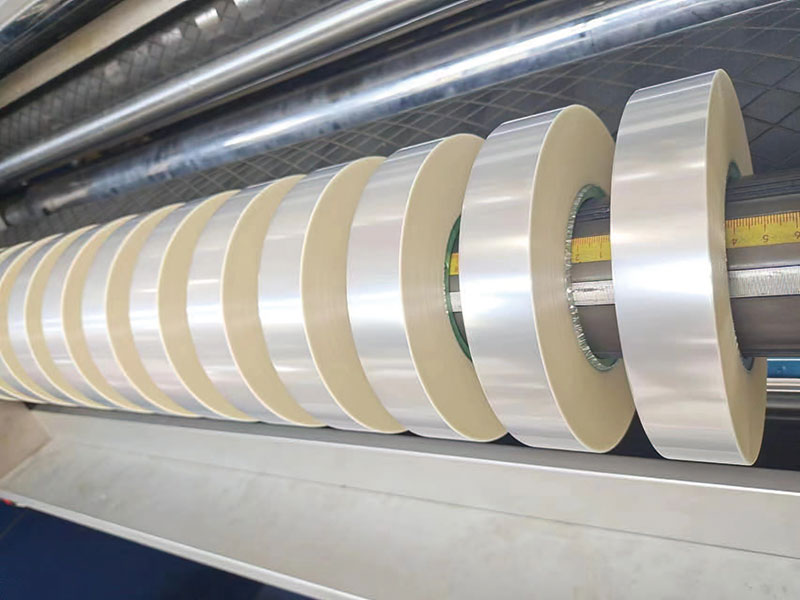 Машина для резки пленки
Машина для резки пленки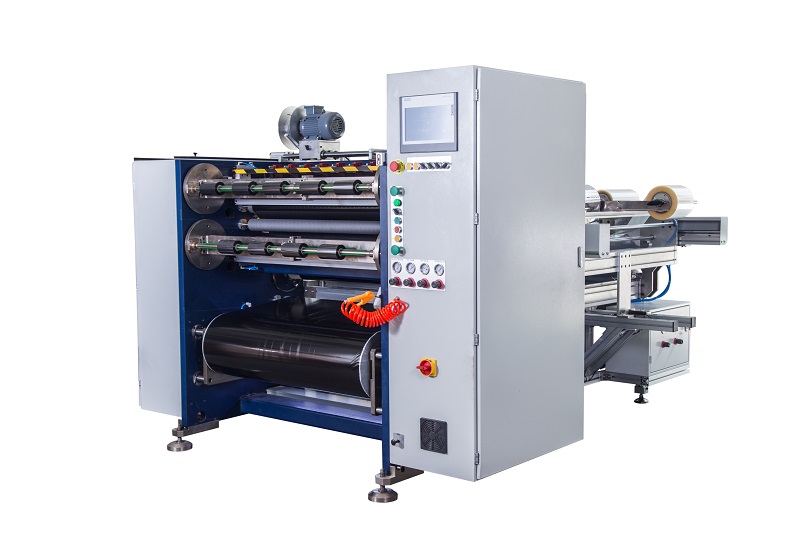 Полуавтоматическая машина для резки термотрансферной ленты RSDS5 PLUS
Полуавтоматическая машина для резки термотрансферной ленты RSDS5 PLUS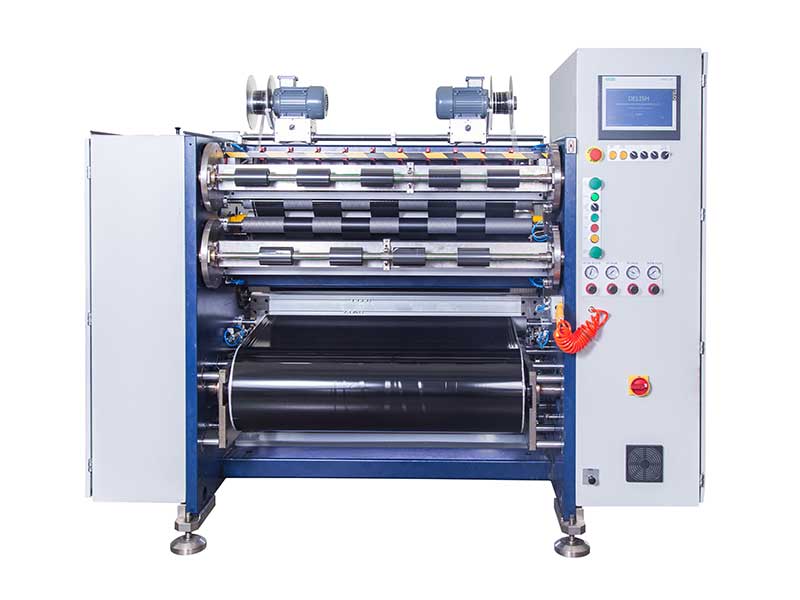 Машина для резки штрих-кодовой ленты
Машина для резки штрих-кодовой ленты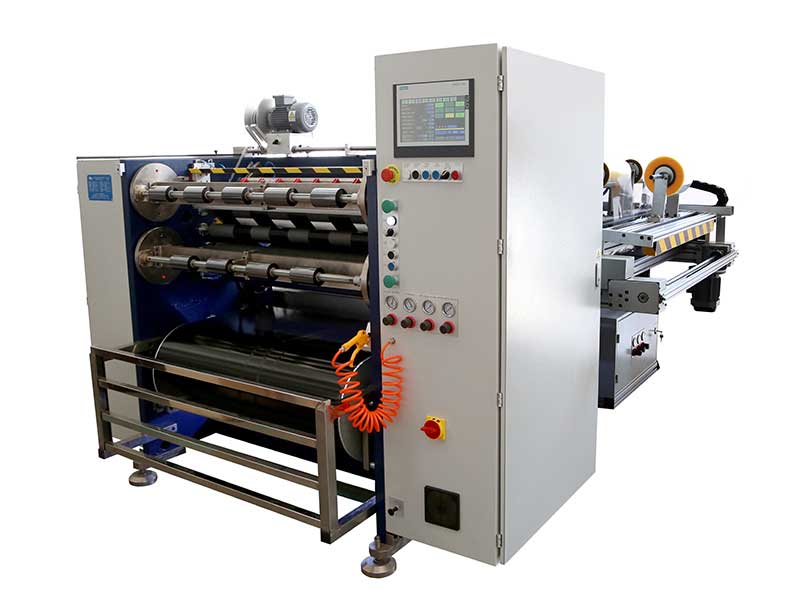 Автоматическая машина для резки термотрансферной ленты RSDS6 PLUS
Автоматическая машина для резки термотрансферной ленты RSDS6 PLUS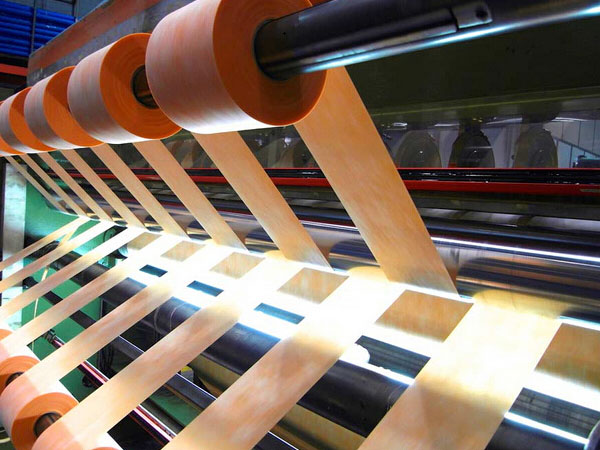 Бобинорезальная машина
Бобинорезальная машина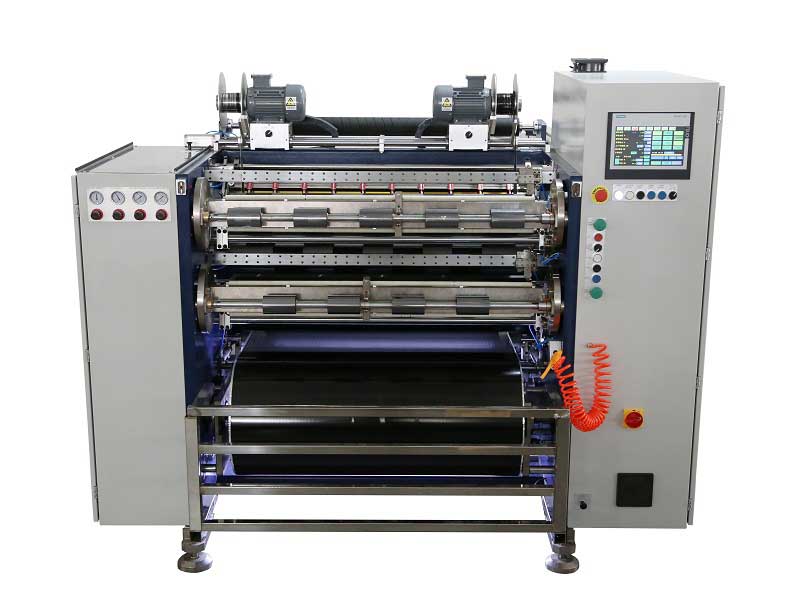 Автоматическая машина для резки термотрансферной ленты RSDS8 H PLUS
Автоматическая машина для резки термотрансферной ленты RSDS8 H PLUS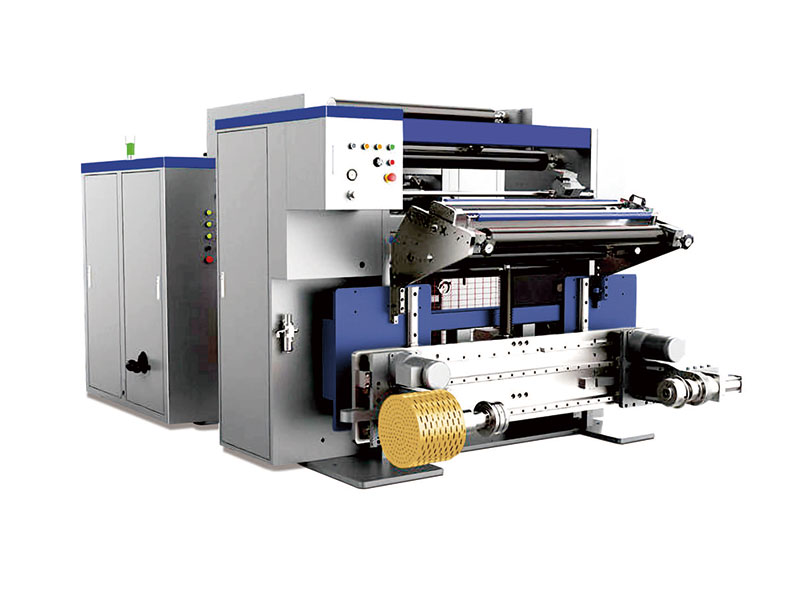 Высокоскоростная машина для продольной резки
Высокоскоростная машина для продольной резки





